Planting and maintenance techniques of Osmanthus fragrans
Planting and maintenance techniques of Osmanthus fragrans
Osmanthus fragrans, also known as sweet clover, is an evergreen tree of the family Melilidaceae. It is widely planted in open fields in the south of the Yellow River and the southwest of Guangdong. Osmanthus fragrans is a long sunshine plant, which likes to grow in places with plenty of sunshine, thick soil layer and good drainage. The soil should be slightly sour, with a pH value of 5.5-6.5; avoid alkaline soil for fear of stagnant water and soot. Potted plants are needed in the north, and low-temperature greenhouse overwinters. The temperature of about 0 ℃ will not be harmful to potted sweet-scented osmanthus. Osmanthus fragrans is a kind of tree species with high ornamental value in domestic gardens. The common varieties are cinnamon, silver cinnamon, cinnamon and four seasons osmanthus, among which Jingui has the highest economic value.
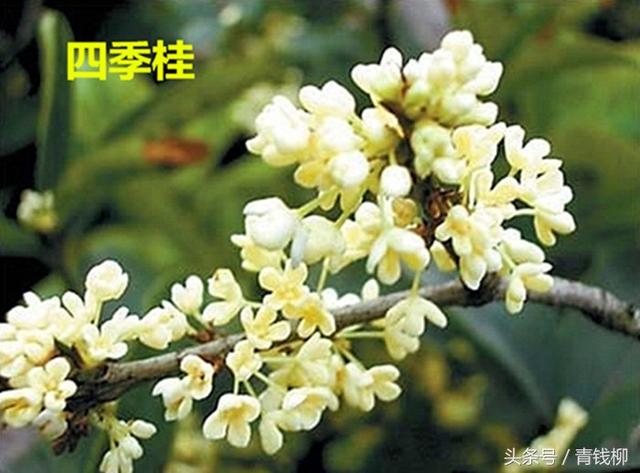
I. Seedling breeding techniques
Osmanthus fragrans are usually propagated by cutting, grafting and striping.
1. The selection of nursery land should choose sandy loam or light loam with good drainage, and the soil is too clayey and needs to be mixed with sand to adjust the soil texture. In order to prevent the occurrence of blight and root rot, pesticides should be sprayed to disinfect the soil when making the bed. The bed insertion should be slightly higher and the drainage must be unobstructed. Practice has proved that stagnant water after rain is most likely to cause ear rot, especially before cuttings take root.
two。 The setting of plastic shed and shade shed closed seedling raising in short is the shed, that is, the shade shed. The width of the slotting bed is 1.10 meters (the actual utilization rate is 1.0 meters), and the bamboo slices sharpened at both ends are arched, 0.5 meters from the surface of the bed to the top of the bow. in order to tighten the bow bamboo, fine bamboo is applied between the bow and bow, and both sides of the plastic film shed are pressed with soil, so there is no gap, but the two ends of the plastic shed do not need to be sealed, and can be opened and closed freely to prevent air leakage. Double-layer Reed curtains should be covered above the plastic sheds, with a height of 1 meter, so that there is a space of 50 centimeters between the plastic sheds and the Reed curtains to facilitate air circulation and reduce the temperature in the plastic sheds. In addition, a single-layer curtain should be covered around the plastic shed to prevent lateral sunlight.
3. The cutting time is the most suitable period from mid-May to late June (autumn cutting can be from mid-August to late September). In some places, sweet-scented osmanthus sprouts new shoots in early spring and can be cut in advance to April, but practice has proved that although the degree of Lignification of cuttings was high at that time, the ground temperature was low, it was not easy to root after cutting, and the cuttings were easy to rot and deteriorate.
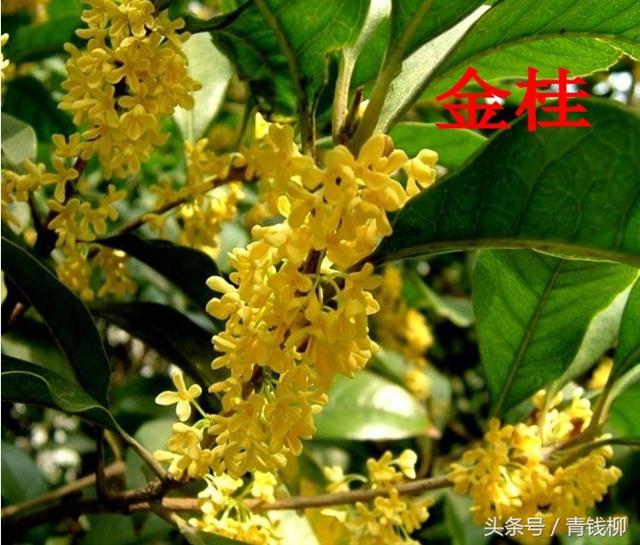
4. The selection and treatment of cuttings were cut with young shoots germinated in the same year. In order to make the cuttings strong and full, it is necessary to manage the fertilizer and water of the mother tree in winter. Quick-acting fertilizer was applied 2-3 times in 1-2 months before ear harvesting, and attention should be paid to irrigation if it was dry in spring. Practice shows that full and well-organized branches are easy to form primitive roots, with fast rooting and high survival rate, while thin branches are on the contrary. The length of the cuttings is 8cm to 10cm. Cut cuttings should be quickly put into indoor ventilation and cool place, and timely spray water, wet leaves, keep fresh. 5-6 top leaves should be retained when refurbishing cuttings. In order to avoid overcrowding during cuttings and prevent leaves from being chimerized with each other, the leaves can be cut in half. Most of the sweet-scented osmanthus cuttings take root on the nodes, but less in the internodes, so it is better to leave 1-2 nodes in the soil, such as the end of the cuttings just on the nodes is more beneficial to rooting. Treating cuttings with naphthalene acetic acid is an effective measure to promote early rooting and rapid rooting of sweet-scented osmanthus. Fast soaking with 500 × 10 ~ 6 naphthalene acetic acid before cutting is 7-8 days earlier than that of non-treatment.
5. The cuttings were inserted into the soil with a row spacing of 6 × 10 cm and 1/2 cuttings per square meter. If it can be removed immediately after rooting, the density can also be increased in order to make full use of the plastic shed. The regeneration ability of vegetative organs of sweet-scented osmanthus is the physiological basis of cutting propagation. The cuttings of sweet-scented osmanthus first formed the primitive body of roots before rooting, and then grew adventitious roots. the roots of sweet-scented osmanthus cuttings were not in the healing tissue but concentrated in the nodes, and a few in the cortex of internodes. An average of 19 lateral roots were produced per plant, of which 13 were rooted at the nodes and 6 in the internode cortex. If there are two nodes rooting, the lower node rooting is more than the upper node rooting. Osmanthus fragrans, like other tree species, form healing tissue. The healing tissue was located at the end of the cuttage and formed tumor-like processes between the cortex and xylem and formed 15-20 days after cutting. if not treated with naphthylacetic acid, the formation of healing tissue may be delayed. The formation of healing tissue was stable for about 7 to 10 days and then began to produce new roots.
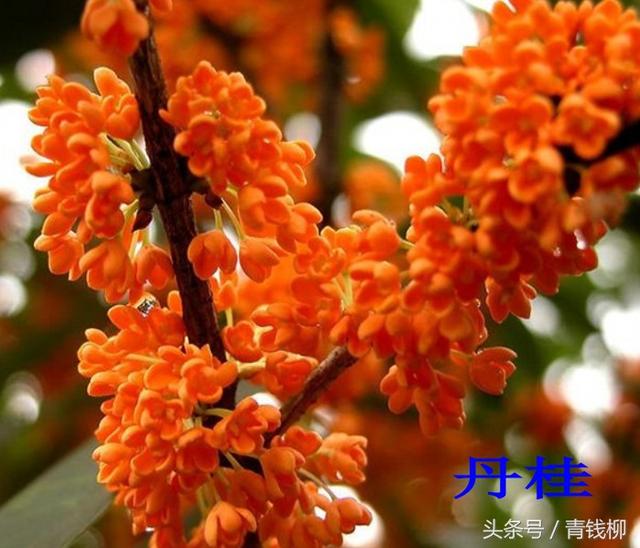
II. Main maintenance period
There are mainly three important periods for the conservation of sweet-scented osmanthus trees.
1. The low temperature period mainly refers to December to February of the following year, when the vegetative growth and reproductive growth of sweet-scented osmanthus trees are carried out at the same time, and the young shoots and leaf axils bloom continuously. Young flower inflorescences and vegetative inflorescences began to grow on shoots when the average temperature was above 7 ℃. Flower branches inflorescence leaves degenerated, branches 1-5 cm long, bearing 20-30 buds. The inflorescence of vegetative branches has 2 leaves and 20 buds, which are born on the axils of purple-red shoots. At the same time, the flower buds formed in the leaf axils of the Lignified branches also bloomed successively into axillary flowers, all in the shape of Cymes. The flowers in this period are white, with a diameter of 4mm and a slight fragrance.
two。 The suitable temperature and blooming period mainly refer to March to April and September to November, and the temperature rises in March and April, when the leaf axillary flowers and tender shoot flowers bloom at the same time, and the aroma becomes stronger. When the temperature dropped to about 20 ℃ in September, the new shoots became lignified successively, and the axillary inflorescences of woody leaves mainly appeared. Multiple compound bud inflorescences of opposite leaves in axils of Lignified branches bloom one after another and bloom continuously. At this time, the flower color is yellowish, and the flower diameter is 6mm to 10mm. Because the number of flowers is large, the temperature is suitable, and the amount of aroma is also large, so the fragrance is very strong.
3. The high temperature period mainly refers to May to August, when the temperature is more than 22 ℃, the summer shoots of flower buds appear. Because of the high temperature, the vegetative growth is rapid, the flower buds are inhibited, and the young shoots show buds but do not show flowers. The buds disappeared when the temperature was above 25 ℃, and the young shoots had no buds and no flowers. However, if there is overcast and rainy weather, axillary flowers can also appear, while there are still a small number of adventitious flowers blooming on the old stem of adult trees and lateral branches. This period is the light flowering season of cinnamon, but because of the high temperature, the aroma of axillary and adventitious flowers is very rich and distant.
The ecological characteristics of Cinnamomum chinense can be summarized as follows: it is the most suitable for planting where the average annual temperature is 10-15 ℃, the lowest temperature is-2 ℃, and the extreme maximum temperature is less than 25 ℃. Like the sunny, warm, cool and humid climate, wide adaptability, strong stress resistance, growing well in neutral acid soil rich in organic matter, luxuriant flowers. It can be used not only as landscaping tree species, but also as spice plants and medicinal plants.
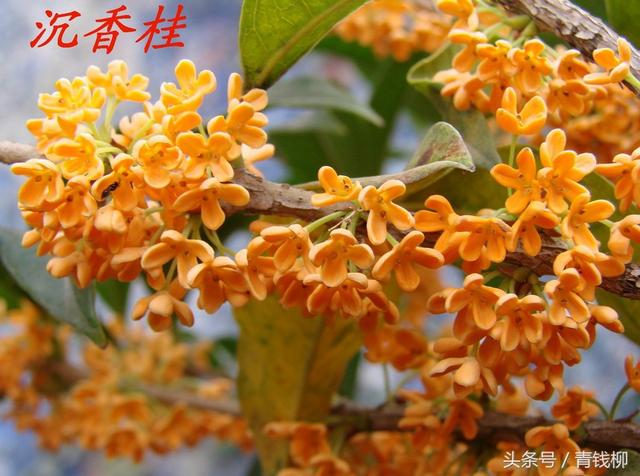
III. Maintenance technology
1. The watering and drainage of sweet-scented osmanthus is mainly within one month after planting and in the summer of the same year. Newly planted sweet-scented osmanthus must be watered thoroughly and can be watered timely according to weather conditions and site conditions. Conditionally spray water on the crown of the plant to maintain a certain amount of air humidity and reduce the evaporation of water from the seedlings. In addition, in order to promote the early flowering of sweet-scented osmanthus, in mid-September, when the flower buds begin to sprout, they should be properly watered to keep the soil moist. Large sweet-scented osmanthus seedlings do not need a large amount of watering during normal maintenance, but can be watered properly in the particularly dry summer and autumn season. Osmanthus fragrans can not tolerate waterlogging and poor drainage will cause a large number of fallen leaves, root rot and even death. Timely drainage or transplanting waterlogged plants and planting with a certain amount of sandy soil can promote the growth of new roots.
two。 Rational fertilization should be based on the principle of "frequent application of thin fertilizer", mainly available nitrogen fertilizer, and medium and large seedlings should be fertilized three or four times a year. In early spring, the roots begin to move and absorb fertilizer before the buds begin to swell. Therefore, organic fertilizer can be applied in the tree plate in early spring to promote the growth of spring shoots. The spring shoot is the flowering branch in the autumn of that year. If the spring shoot grows strong, it will blossom more in the future. After the sweet-scented osmanthus blossoms in autumn, in order to restore the tree potential and supplement nutrition, inorganic fertilizer or garbage fertilizer should be applied in the early stage of winter. In the meantime, fertilizers can be applied once or twice according to the growth of sweet-scented osmanthus. The newly transplanted sweet-scented osmanthus has weak absorptive capacity due to root damage, so topdressing should not be too early. The base fertilizer of the transplanting pit should be mixed with the soil and then covered with soil, and the root system should not be in direct contact with the fertilizer, so as not to damage the root and affect the survival rate. Fertilizer must be applied where the roots can absorb it. The root system of the seedling is concentrated and the transplanting is easy to survive, so the fertilization in the nursery should not be too far from the crown, otherwise the root system will expand outward. But it should not be applied under the tree trunk, which is also not conducive to the absorption of fertilizer.
3. Shaping and pruning sweet-scented osmanthus is an important measure to cultivate single-stem sweet-scented osmanthus. Timely and reasonable pruning can make it ventilated and transparent, strengthen photosynthesis, and reduce diseases and insect pests, so as to make sweet-scented osmanthus grow fast, straight trunk and beautiful tree shape. The main results are as follows: (1) when sprouting sweet-scented osmanthus, the buds of the trunk and base can also germinate, so the useless buds in the lower part of the trunk should be peeled off in time to concentrate water and nutrients, promote the development of upper branches and form an ideal tree shape. (2) to cultivate single-stem sweet-scented osmanthus by thinning branches, it is necessary to consciously cultivate the trunk straight from the beginning of seedlings, keep a certain height under the branches, and cut off useless branches. generally, the height under the branches of sweet-scented osmanthus is about 1.5 meters. (3) cut short the long top branches to keep the height of sweet-scented osmanthus at about 3.5 meters and the crown width of 2.5 meters. When transplanting sweet-scented osmanthus, in order to maintain the complete tree type, it is not suitable for strong pruning, it is only necessary to cut off dry and withered branches, disease and insect branches, remove overlapping branches, cross branches and delicate branches, and control the overgrown branches.
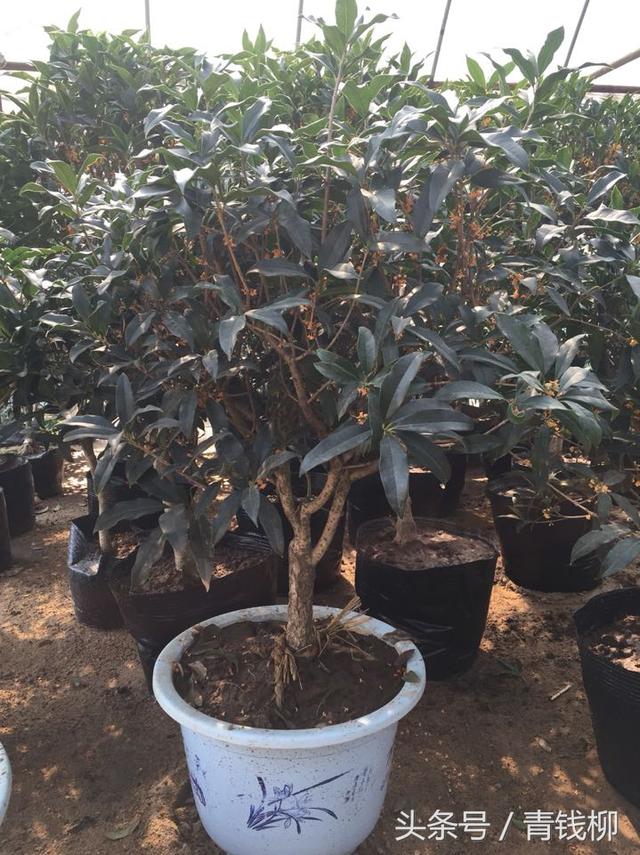
- Prev
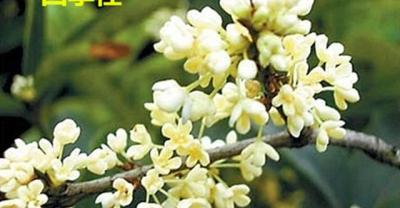
Matters needing attention in planting corn
Recently, the weather in Northeast China has continued to clear up, the moisture content of tidal grain has decreased, and prices have continued to rise! The whole life of corn goes through seed germination, emergence, jointing, female and male ear differentiation.
- Next
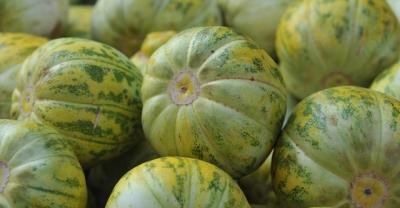
Planting and maintenance of Osmanthus fragrans
Morphological features: up to 15 meters high. It is often shrubby because of its strong branching and low branching point. Bark friends brown or grayish white, simple leaves opposite, leathery, smooth, dark.
Related
- Fuxing push coffee new agricultural production and marketing class: lack of small-scale processing plants
- Jujube rice field leisure farm deep ploughing Yilan for five years to create a space for organic food and play
- Nongyu Farm-A trial of organic papaya for brave women with advanced technology
- Four points for attention in the prevention and control of diseases and insect pests of edible fungi
- How to add nutrient solution to Edible Fungi
- Is there any good way to control edible fungus mites?
- Open Inoculation Technology of Edible Fungi
- Is there any clever way to use fertilizer for edible fungus in winter?
- What agents are used to kill the pathogens of edible fungi in the mushroom shed?
- Rapid drying of Edible Fungi

